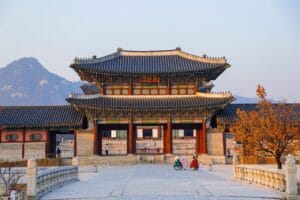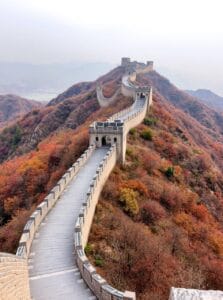Ancient Building in the Wudang Mountains , China

Ancient Building Complex in the Wudang Mountains – A Timeless Journey
The Wudang Mountains stand in Hubei Province, China. They are natural wonders all on their own. They are also where the Ancient Building Complex in the Wudang Mountains, a UNESCO World Heritage Site, is situated. It is an actual treasure of Chinese history, culture, and religion. The intricate building is a testament to the grandeur of Taoism. It reflects the architecture art of China. It also represents harmony between man and nature. Tourists, historians, and spiritual entities all go to the site. In this article, we will be learning about the history of the complex. We will be reading about its palaces, halls, and temples. We will also be looking at the region around it. In short sentences and simple language, we will take you back in time.
The History of Wudang Mountains
The Wudang Mountains have been a sacred place for Taoism for over 2,000 years. In the opinion of the Taoists, the mountains are occupied by Zhenwu, the “True Warrior” deity. Zhenwu is also referred to as the Perfected Warrior. He symbolizes protection and strength. During the Tang Dynasty (618-907), Taoist monks began building temples here. Later, during the Ming Dynasty (1368-1644), the place reached its peak. Emperor Yongle, who ruled from 1402 to 1424, greatly esteemed Wudang. He ordered the building of many palaces and halls. The plan was to honor Taoism and attach his reign to divine power. Over 600 buildings were built. Nowadays, about 53 remain. They are now maintained as a UNESCO site.
Architectural Beauty
The Ancient Building Complex is famous for its magnificence, architecture, and harmony with nature. The buildings are distributed on the slopes of the mountain. They seem to originate from among the woods and rocks. This provides them with a sense of belonging to nature. The buildings combine wood, stone, and bronze in their architecture. Roofs are tiled in golden hues. Walls are painted green and fiery red. The buildings are laid out to adopt Taoist concepts of harmony. Mountains, rivers, and forests are the features that shape their design. All the halls and palaces were placed with circumspection. This refers to the Taoist principle of feng shui. The intention was to include harmony between heaven, earth, and mankind.
Main Structures of the Complex
Golden Hall
The most sought-after design is the Golden Hall. It was built in 1416 during the Ming Dynasty. The hall is made entirely of bronze. It was cast in Beijing and then moved to Wudang. Thousands of parts were employed by laborers to assemble it on top of the mountain. Inside, there is a statue of Zhenwu. He is in a meditative position, and dragons and other Taoist symbols surround him. The Golden Hall shines in the sun and looks mystical.
Purple Cloud Palace
Purple Cloud Palace is another important temple. It was built during the 12th century and rebuilt during the 15th century. It consists of a few courtyards and halls. Here, Taoists hold ceremonies to worship Zhenwu. The palace houses relics, scriptures, and old musical instruments.
Nanyan Temple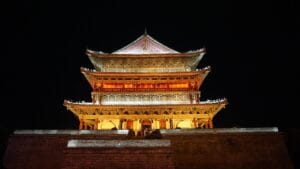
Nanyan Temple is located on top of a cliff. It offers wide-ranging views of the mountains. Legends have it that Zhenwu practiced Taoist meditation here. The temple is decorated with stone carvings and bronze statues.
Zixiao Temple
This is one of the largest temples in the complex. It is among the most significant places of worship for Taoists. The temple has a number of halls including a main hall, side halls, and drum towers.
Tianzhu Peak
The summit of the Wudang Mountains is Tianzhu Peak. From here, one has a view of the whole mountain range. The peak is also the spiritual center of Wudang.
Taoism and Martial Arts
The Wudang Mountains are not temples themselves. They are the source of Wudang Martial Arts as well. These are Taoist exercises that integrate meditation, training for health, and defense. The Wudang martial arts include Tai Chi and Qigong. They focus on inner energy, balance, and smooth movements. Monks practice them daily. Most tourists visit Wudang to learn them from the masters. These exercises are believed to harmonize the body and spirit. These exercises are closely related to the Taoist lifestyle.
Natural Beauty of Wudang
The mountains themselves look magnificent. The mountains take up more than 300 square kilometers of land. There are cloud top peaks. Streams run through valleys. There are forests teeming with rare flora and fauna. Wudang is diverse in each of the four seasons. Spring has flowers blooming. Summer is verdant and green. Autumn tints the mountains red and golden. Winter snows them white, unveiling a clean and serene landscape. The scenery makes the religious environment of the place more beautiful. The majority of visitors authenticate that they feel at peace as soon as they enter the mountains.
Surrounding Places to Visit Around the Wudang Mountains
The Wudang Mountains are filled with temples, palaces, and Taoist history. That is not the end of the trip, though. The surrounding regions in Hubei Province and the surrounding areas have plenty of beautiful places to see. From urban cities to peaceful lakes, and from historical towns to natural attractions, there is something for everyone. We now take a close look at the best surrounding tourist attractions.
Shiyan City – The Gateway to Wudang
Shiyan is the closest big city to the Wudang Mountains. It is officially known as the “Gateway to Wudang.” Almost all the tourists pass through this city while going to the holy mountains.
Modern City with Ancient Touch
Shiyan is an new industrial city. But it still retains bits of ancient culture. There are wide roads, shopping malls and traditional bazaars here. But at the same time, you can see Taoist influence in the daily lifestyle.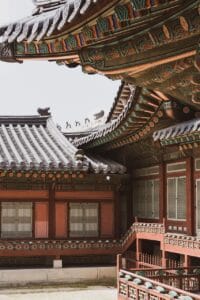
What to See in Shiyan
- People’s Park: A quiet park in the center, perfect for early morning walk. Shiyan Museum: Showcases city history and Taoist culture.
- Traditional Streets: Sale of herbal medicine, Taoist talismans, and martials arts gear occurs in old bazaars.
Food in Shiyan
Shiyan is part of Hubei Province, which is highly renowned for spicy and salty food. The tourists must taste:
- Hot dry noodles (breakfast). Spicy fish soup of the adjacent rivers. Street barbecue with lamb and chicken sticks.
Hotels in Shiyan Hotels for every pocket:
- Luxury: Hilton Shiyan Hotel, with modern facilities and restaurants.
- Mid-range: Chain hotels such as Jinjiang Inn.
- Budget: Nearby guesthouses within walking distance of the bus station.
Shiyan is a good choice if you enjoy urban amenities before or after your Wudang trip.
Danjiangkou Reservoir – The Great Water Source
Near the Wudang Mountains lies the Danjiangkou Reservoir. This massive water reservoir is one of the largest in China. It provides water for most areas of the country, including Beijing.
Natural Beauty
The reservoir looks like a big blue ocean with green mountains surrounding it. The air is clean, and the location is peaceful. Most people enjoy the contrast between the holy mountains and peaceful waters.
Activities
- Boat Rides: You are taken around the lake by small boats.
- Fishing: Locals catch carp and catfish. Tourists can also join in.
- Walking Trails: Paths surrounding the reservoir are great for photography.
Importance
- The reservoir is part of China’s South-to-North Water Diversion Project. Not only is this a stunning spot, but also an extremely important one for the country.
Xiangyang – Ancient City Walls and Rich Culture
To the east of Wudang is Xiangyang, an over 2,800 years old ancient city.
Ancient City Walls
The most notable one is the Xiangyang Ancient City Wall. The walls were built during the Ming Dynasty era. The walls are tall, sturdy, and well-preserved. Walking over them is like walking in the past.
Other Attractions
- Fancheng: Ancient town along the Han River.
- Zhongxuan Tower: Historical tower of Taoist importance.
- Han River Park: Open grounds along the river for a walk in the evenings.
Local Culture
Xiangyang is famous for its Three Kingdoms history. Stories of generals, battles, and myth continue to be popular here. There are many plays and festivals to celebrate this history.
Wuhan – The Hubei Capital
Travel a bit further, and you reach Wuhan, the capital of Hubei Province. It’s about four or five hours by train or bus from the Wudang Mountains.
Famous Attractions
- Yellow Crane Tower: Tall and beautiful tower on the Yangtze River. One of China’s most famous historic towers.
- East Lake: Beautiful and big lake with walking paths and gardens.
- Hubei Provincial Museum: Contains ancient musical instruments like the Zenghouyi Bells.
Modern Life
Wuhan is a large city with millions of people. It has shopping centers, skyscrapers, and universities. For the traveler, it provides old and new China in one place.
Food in Wuhan
- Wuhan is famous for food. Don’t leave without. Hot dry noodles (the city’s breakfast staple). Duck necks (spicy street food). Freshwater fish dishes.
Enshi Grand Canyon – Chinese Grand Canyon
Nature lovers will adore the Enshi Grand Canyon. It is located in Enshi Tujia and Miao Autonomous Prefecture, but still in Hubei Province.
Landscape
The canyon features steep limestone cliffs, caves, rivers, and waterfalls. Some cliffs rise straight up into the sky. The canyon is normally enveloped in mist, which makes the canyon look magical.
Activities
- Hiking: Trails take you to lookout points and caves.
- Glass Walkways: There are glass walkways over cliffs for the adventurous.
- Boat Tours: There are small boats that sail through caves and rivers.
Enshi Grand Canyon is not so crowded as other famous Chinese natural wonders. That makes it quiet and hygienic.
Yichang – The Three Gorges Gateway
The second large city near Hubei is Yichang. It is known as the gateway to the Three Gorges of Yangtze River.
The Three Gorges
These are three stunning valleys on the Yangtze River: Qutang, Wu, and Xiling. They’re famous for steep cliffs, narrow gorges, and beautiful water.
The Three Gorges Dam
It is the world’s largest dam near Yichang. It’s a new engineering wonder. There are exhibitions and observation decks on the dam which tourists can witness.
Cruises
The majority of river cruises originate in Yichang. They cruise the Yangtze River along the Three Gorges. This is one of the best Chinese travel experiences.
Zhengzhou and Shaolin Temple
Head northeast from Wudang to Henan Province. There is the world-famous Shaolin Temple.
Shaolin and Wudang Connection
Wudang is the birthplace of Taoist martial arts. Shaolin is the birthplace of Buddhist martial arts. They are two great traditions of Chinese kung fu.
What to See
- Shaolin Temple: Shaolin Kung Fu’s place of birth.
- Pagoda Forest: Stone pagodas numbering hundreds where monks’ tombs are buried.
- Kung Fu Shows: Shaolin monks’ live performances.
Wudang and Shaolin together present a full picture of martial arts culture in China.
Luoyang – Longmen Grottoes
On the outskirts of Zhengzhou stands Luoyang, which is one of China’s ancient capitals. It is renowned for the Longmen Grottoes.
Longmen Grottoes
They are thousands of caves that have been cut into cliffs. There are statues of Buddha and others inside. Some statues are tiny. Others reach heights of 17 meters.
Cultural Value
The grottoes exhibit Buddhist artwork from the 5th to the 12th century. They are a UNESCO World Heritage Site.
Peony Festival
Luoyang also boasts peony flowers. There is a Peony Festival held annually in the spring. There are flower gardens with all colors of flowers.
Zhangjiajie – Avatar Mountains
South of Wudang lies the Zhangjiajie National Forest Park in Hunan Province. It is one of China’s most beautiful natural wonders.
Landscape
The park is speckled with towering sandstone pillars. They rise like forests of stone into the air. Mist tends to envelop them, lending a surreal scene.
Avatar Connection
These mountains inspired the floating mountains in Avatar movie. Because of this, they are very popular with tourists.
Things to Do
Glass Bridge: World longest and tallest glass bridge; Cable Cars: Offering views from the top; Hiking: Trails leading to secret valleys and caves.
Local Villages and Rural Life
There are several small villages surrounding the Wudang Mountains. They depict the rural way of life of Hubei Province.
Village Life
The living is simple, and homes are typically wooden or stony. Farmers grow rice, tea, and vegetables. There is leisurely living near nature.
What One Can Experience
- Tea Plantations: Savor the fresh tea; Local Markets: Buy handmade crafts and herbs; Home Stays: Stay with families and learn local cooking. These villages offer a genuine cultural experience.
Travel Information for Locations Closeby
Transport: Buses, trains, and private cars are available. Some places like Enshi or Zhangjiajie take longer to travel to.
Best Time to Visit: Spring and autumn are best for weather.
Language: English is rarely heard outside cities. Learning some Chinese is helpful.
Guides: Hiring a local guide can be more informative.
Packing: Walking shoes and trekking shoes are a must.
Hotels and Stay Options
Visitors to the Wudang Mountains are spoiled for choice.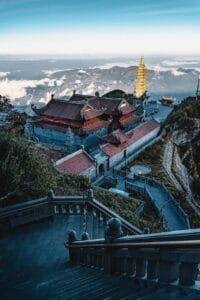
- Luxury Hotels: Wudang International Hotel and Wudangshan Qiongtai Hotel offer luxury with facilities.
- Mid-Range Hotels: There are many guesthouses near the entrance to the mountains that offer good value for money.
- Budget Options: Local family-run inns are simple but welcoming.
- Temple Stays: Some Taoist temples have accommodation for guests to stay in. This offers a spiritual experience.
Why Visit the Wudang Mountains?
The Ancient Building Complex is more than architecture. It is religion, history, art, and nature combined. It is a place where you can:
- Learn about Taoism. Be awed by gorgeous temples and palaces. Be enchanted by peaceful mountains and forests. Learn the art of martial arts. Indulge in local culture.
These are the reasons why the Wudang Mountains are open to people from all over the world.
Conclusion
The Wudang Mountains Ancient Building Complex is a precious pearl. It speaks volumes about China’s rich history and culture. It combines the wisdom of Taoism and the beauty of nature. A stroll through its halls and temples is a stroll through time. Looking out at the mountains calms the heart. Practicing martial arts brings together body and soul. The Wudang Mountains are not just a tourist destination. They are a personal experience of the harmony of life. The Wudang Mountains are not just a travel destination. They are a journey into the harmony of life. Anyone who visits will leave with unforgettable memories.
Author
Related posts
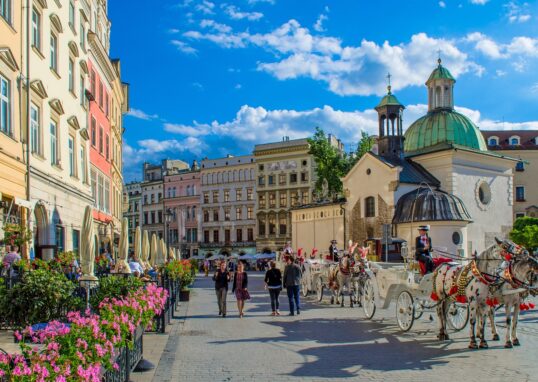
Kraków, Poland
Kraków – Beautiful and historic cities in Europe Situated in southern Poland, Kraków is one of the most beautiful and historic cities...
Read out all
Hierapolis & Pamukkale, Turkey
Hierapolis–Pamukkale – Stunning natural beauty and fascinating ancient history Hierapolis & Pamukkale are one of the most spectacular destinations in Turkey, where...
Read out all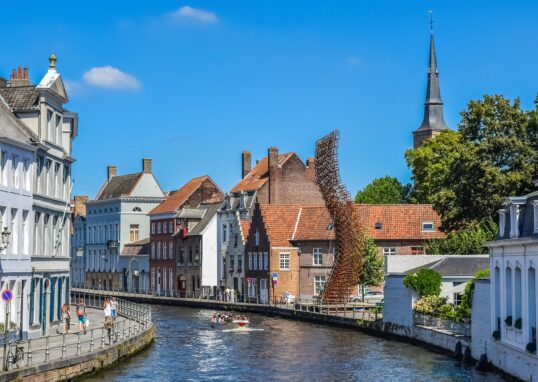
Brugge, Belgium
The Centre of Brugge – The northern part of Belgium The Centre of Brugge, sometimes referred to as the “Historic Centre of...
Read out all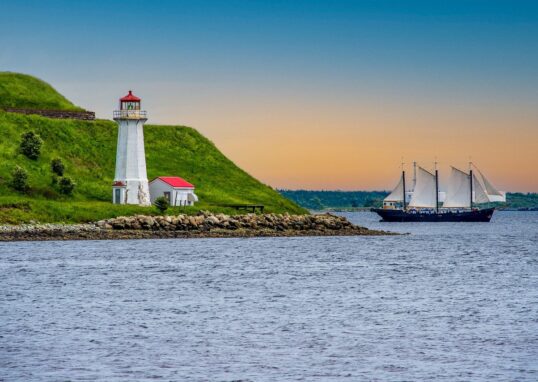
Nova Scotia, Canada
Nova Scotia, Peaceful provinces in Canada Situated on the far eastern side of the country, Nova Scotia is one of the most...
Read out all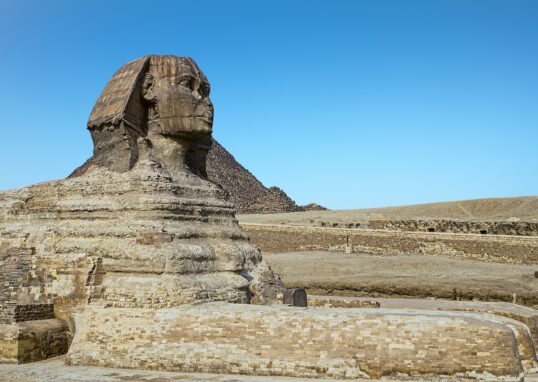
Historic Cairo
Cairo – Fascinating heritage areas in the World Historic Cairo, also known as Islamic Cairo or Old Cairo, is one of the...
Read out all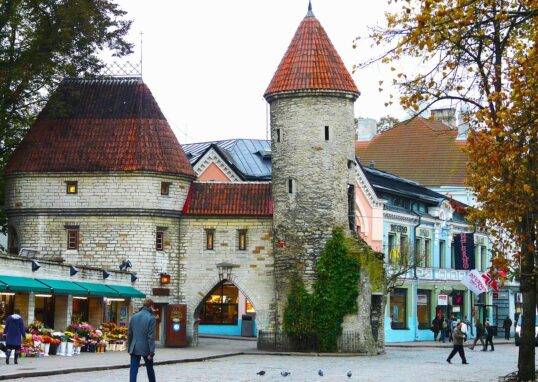
Tallinn, Estonia
Tallinn – A beautiful medieval cities in Europe Tallinn, Estonia’s charming capital, is one of the most beautiful medieval cities in Europe,...
Read out all
